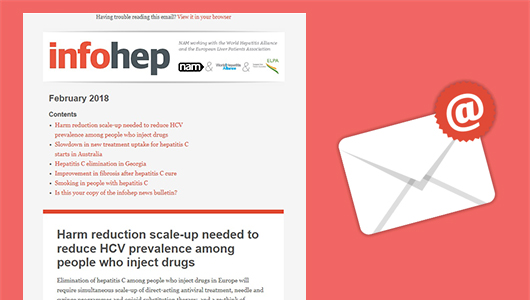Quality of life can be severely impaired in people with chronic hepatitis C, especially in people with cirrhosis. Fatigue, insomnia, problems in physical functioning, depression, anxiety and mood disorders are reported by a substantial proportion of people with hepatitis C.
Patient-reported outcomes such as fatigue, vitality and mental health improve substantially in the two years following hepatitis C cure for people with cirrhosis, but people with cirrhosis are less likely than others to experience rapid resolution of severe fatigue after successful hepatitis C treatment, according to two studies from the Center for Outcomes Research in Liver Diseases reported last month at the 2018 International Liver Congress in Paris.
One study looked at improvement in measures of physical and mental quality of life including vitality, physical functioning, fatigue, depression and anxiety. Younger people, those without type 2 diabetes and those with compensated cirrhosis experienced greater improvement in quality of life measures over two years of follow-up after achieving sustained virologic response.
A study of changes in reported fatigue before and after sofosbuvir-based treatment in clinical trials found that around half of people with severe fatigue prior to treatment had experienced some improvement 12 weeks after completing treatment. Improvement was more likely in younger people, those without cirrhosis and those with fewer co-morbidities.





Connect with infohep on Facebook: Keep up to date with all the latest news and developments.
Follow infohep on Twitter for links to news stories and updates from infohep.org. Follow us at www.twitter.com/infohep.
Follow all the infohep news by subscribing to our RSS feeds.